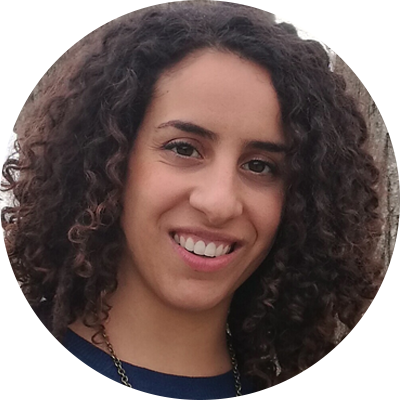In This Texas School Kids Learn Better Thanks to More Recess
The Eagle Mountain Elementary School is the first to give kids more breaks to improve their emotional and academic success.
A Texas school has begun providing students with four breaks for recess a day. While the program has only been around for a few years, teachers, administrators, and parents are seeing immediate benefits.
The Eagle Mountain Elementary School in Fort Worth, Texas is the first of numerous public schools that have begun implementing a new project to give kids more recess time in hopes of improving their psychological, emotional, and academic success.
Since 2016, the school has been providing its kindergarten and first-grade classes with four 15-minute recess periods a day. The results have surprised everyone.
Teachers immediately noticed that students were less fidgety in the classroom, and displayed more focus when it came time to learn.
First-grade teacher Donna McBride was skeptical of the program at first and was not sure how so much recess time would contribute to her classes. However, after seeing the program in action, she says students are following instructions better, are better behaved, and are attempting to solve more problems on their own.
Parents, as well, have been heralding the program, as they see the benefits of increased play time at home. Many parents say that their kids are playing more independently and creatively, and are socializing better, as well.
The American Academy of Pediatrics says that recess is “a crucial and necessary component of a child’s development.” Playing both indoors and outdoors has incredible health benefits, as well, which makes it no surprise that students return to the classroom with renewed energy and enthusiasm to learn.
Professor Debbie Rhea, who works with Eagle Mountain Elementary School, calls this crucial play time “reboot” time, which “gives the platform for them to be able to function at their best level.”
More recess for more well-being
The initiative comes from a program called the Liink Project, which seeks to increase student success and physical, emotional, and social well-being.
The Liink Project has helped 16 other public schools and two private schools to incorporate these and other methods for improving student success and wellbeing.
According to the organization’s website the plan has the "potential to strengthen the public school system through better health… higher expectations of social responsibility (emphasizing ethical behaviors); more time to be playful and creative in order to learn more effectively when in the classroom; fewer standardized tests, which will develop more student confidence and self-esteem to learn… and less time in a classroom setting (although no less rigor of content), which will create more passion in students to learn and less burnout as a result of too much time in school.”
Principal Amber Beene, who integrated the program into her school after she saw the success at Eagle MountainElementary School wrote in an email that while she "was certainly intrigued by the academic and behavioral benefits, it was the psychological benefits such as increasing emotional resiliency, increasing imagination and creativity, and promoting the development of self-confidence that I felt would be a game-changer for my students.”
Schools across the world have been integrating more recess time into their school days, as administrators learn that allowing kids more time to explore and play on their own can produce incredible results.
YOU MIGHT ALSO LIKE:
How Having More Playtime Helps Children Learn Better
5th Graders Learned Sign Language to Talk With Deaf Student
These Boys Show How a Small Gesture Can Go a Long Way






